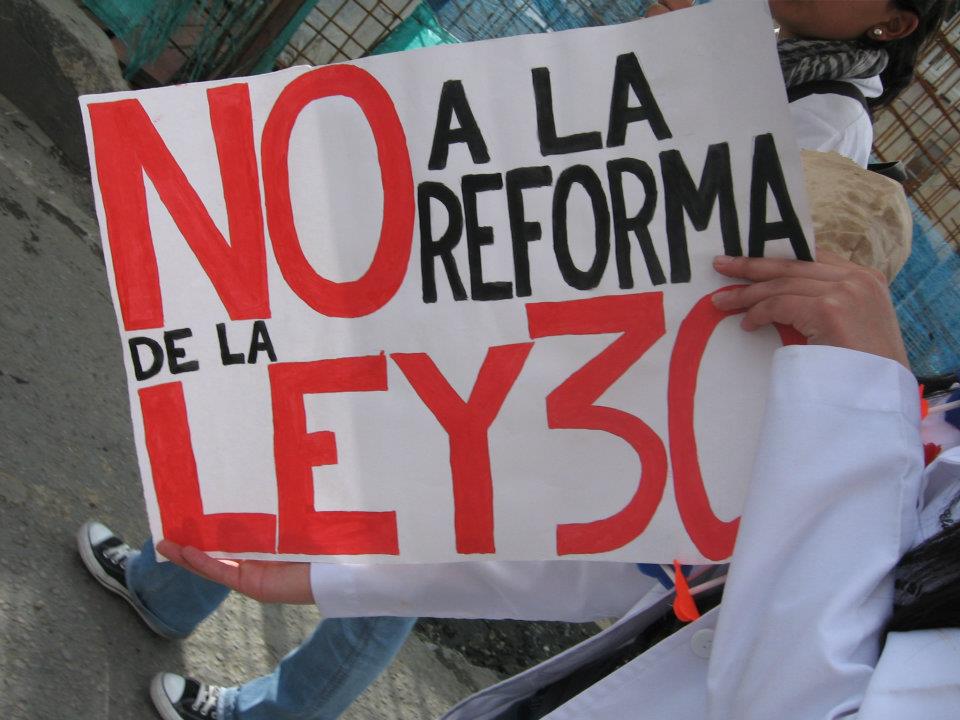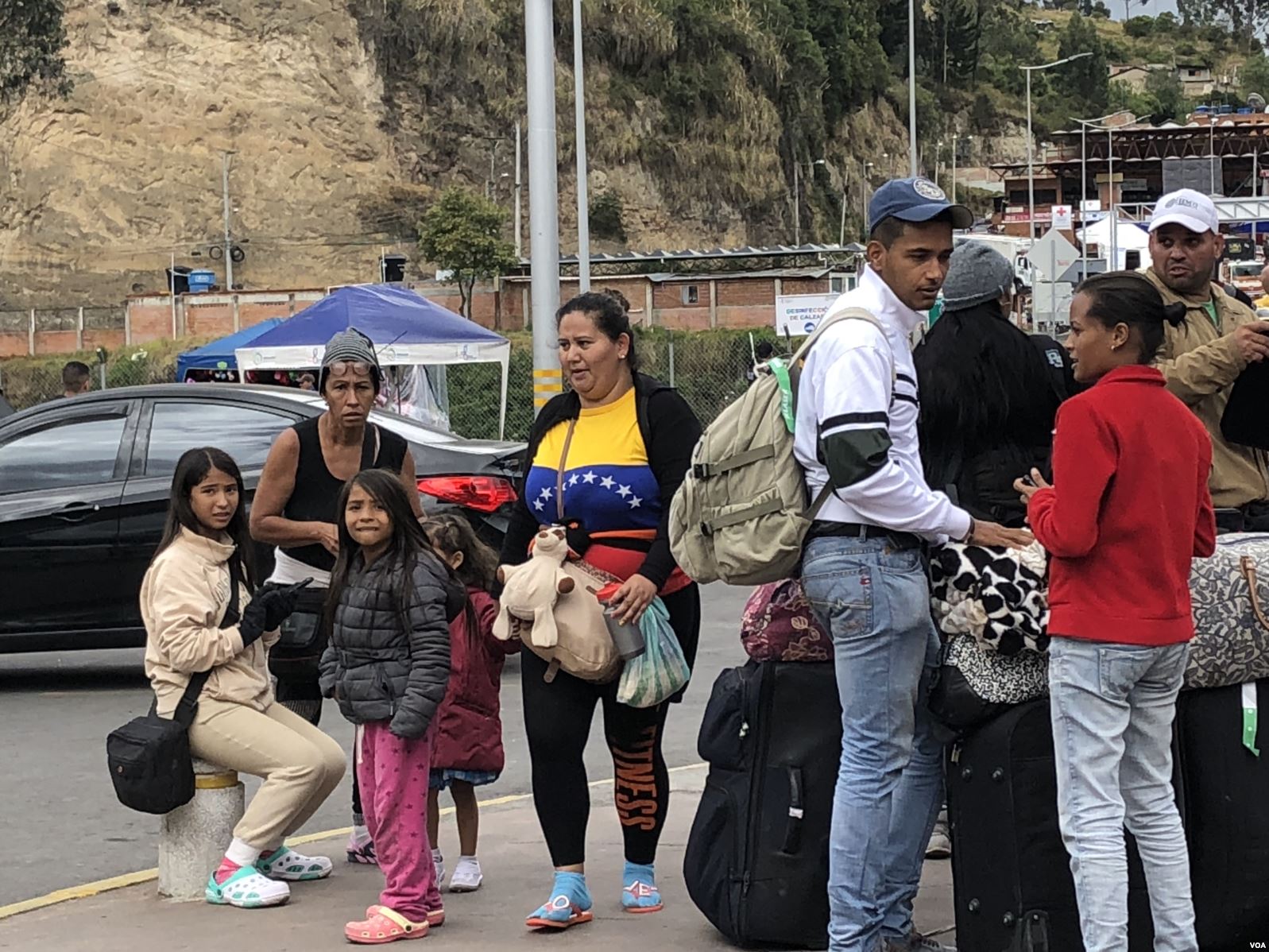The main roads of 20 Colombian cities were closed this Wednesday as students from both public and private institutions marched against the persistent fiscal deficit of 32 public universities that have already reached USD 6 billion.
Así fue la movilización de hoy en Bogotá, Nariño, Cali, Caldas y pronto en Medellín. Por la dignidad de los docentes y el derecho a la educación superior pública plenamente financiada.
El 10 de octubre nos veremos también para defender el presupuesto de la ciencia y la educación pic.twitter.com/1iVKJakGvx
— Jennifer Pedraza Sandoval (@JenniferPedraz) September 11, 2018
One of the core points of the protest regards the termination of the controversial program “Ser Pilo Paga” (It pays to be smart) announced by president Iván Duque. Students claim that the USD 800 million invested in the program should be invested into universities.
Duque assures that he will create another model where “one part is paid by the state and the other one by the university”, different to that of the current program where the state funds 100% of the credit/scholarship. The president has also promised to alleviate the funding problem faced by public universities.
But students are not the only ones concerned about the current education system. Teachers of the Antioquia University, the third most important in the country, have been in permanent assembly for some weeks and it is anticipated that a strike is imminent.
Universities themselves are lobbying Congress to amend Articles 86 and 87 of Law 30 which, passed in 1992, detail the methods through which public education institutions get funded.
🔈Ofrecer educación de calidad, en condiciones de equidad y con buenos docentes, vale más y por eso se requieren más recursos. Así lo expusimos hoy en el #Congreso 👉https://t.co/UXDumbFhv8 pic.twitter.com/1TCizpVA6N
— John Jairo Arboleda (@johnarboleda63) September 6, 2018
The Principal and Deans from the State University System propose to increase the budget of the institutions by at least 4% over the inflation rate every year, so they can progressively fill up the financial hole.
Colombia has the third lowest enrollment rate in tertiary education of the OECD with only 35% of young Colombians attending universities or technical institutions.











